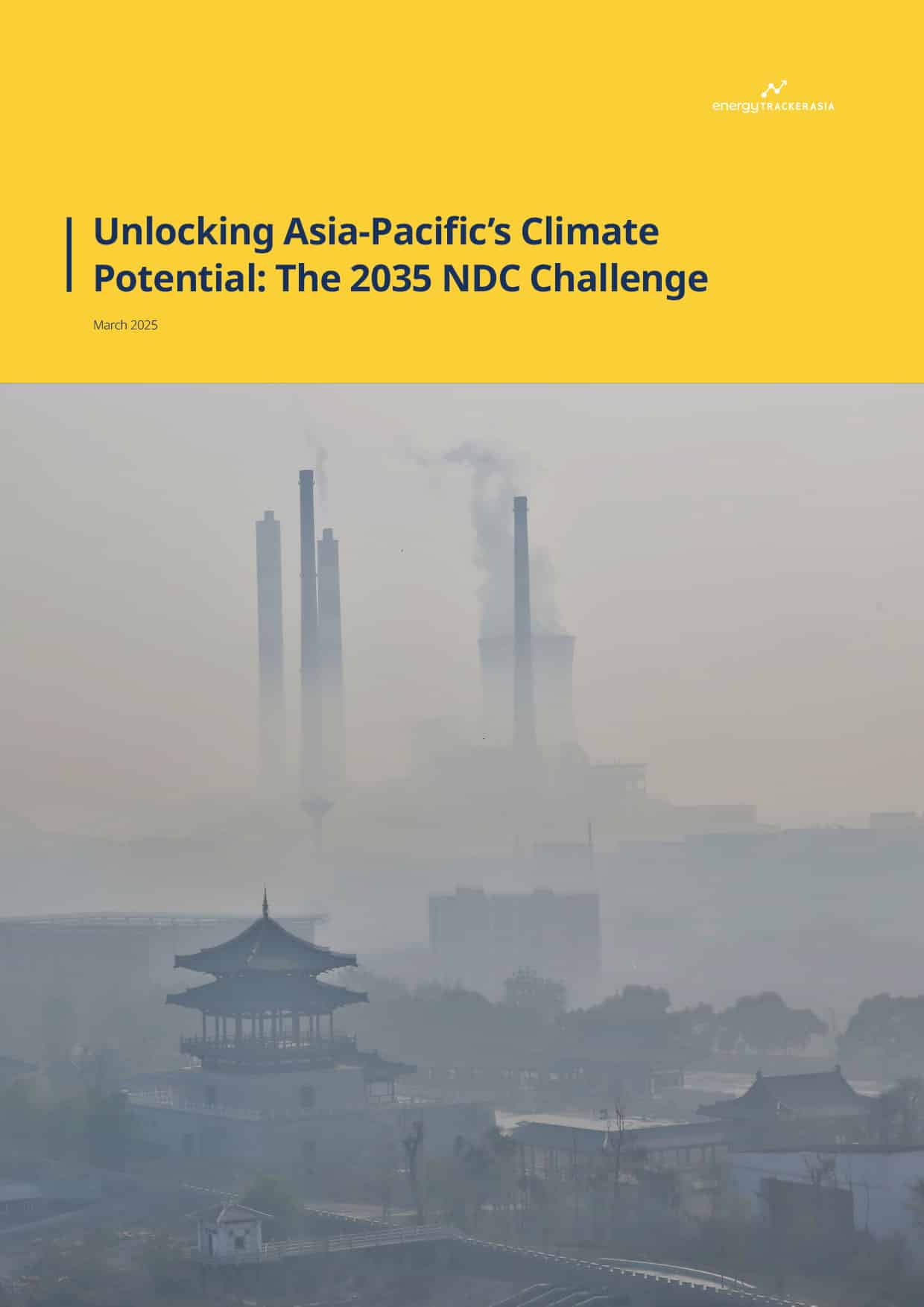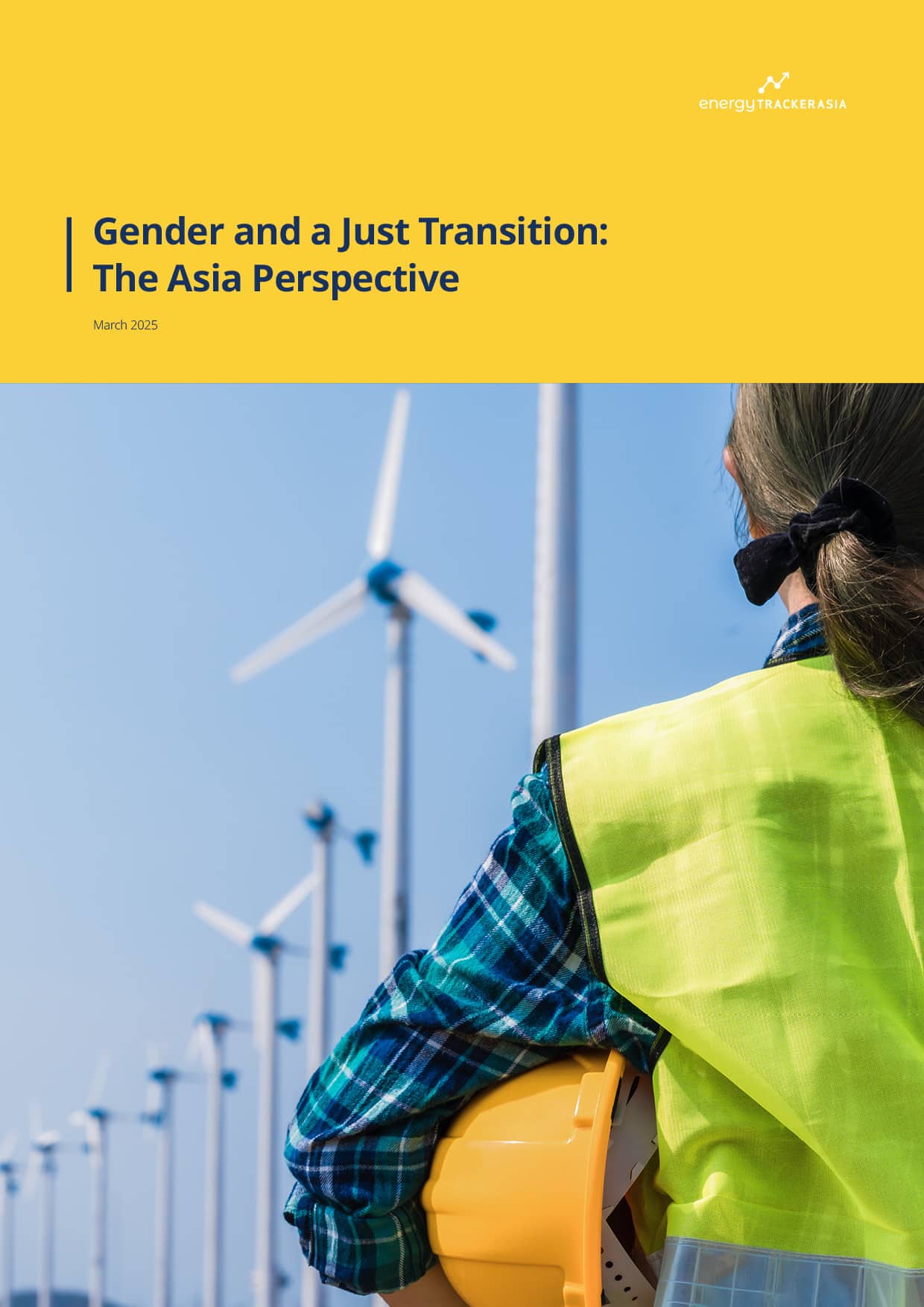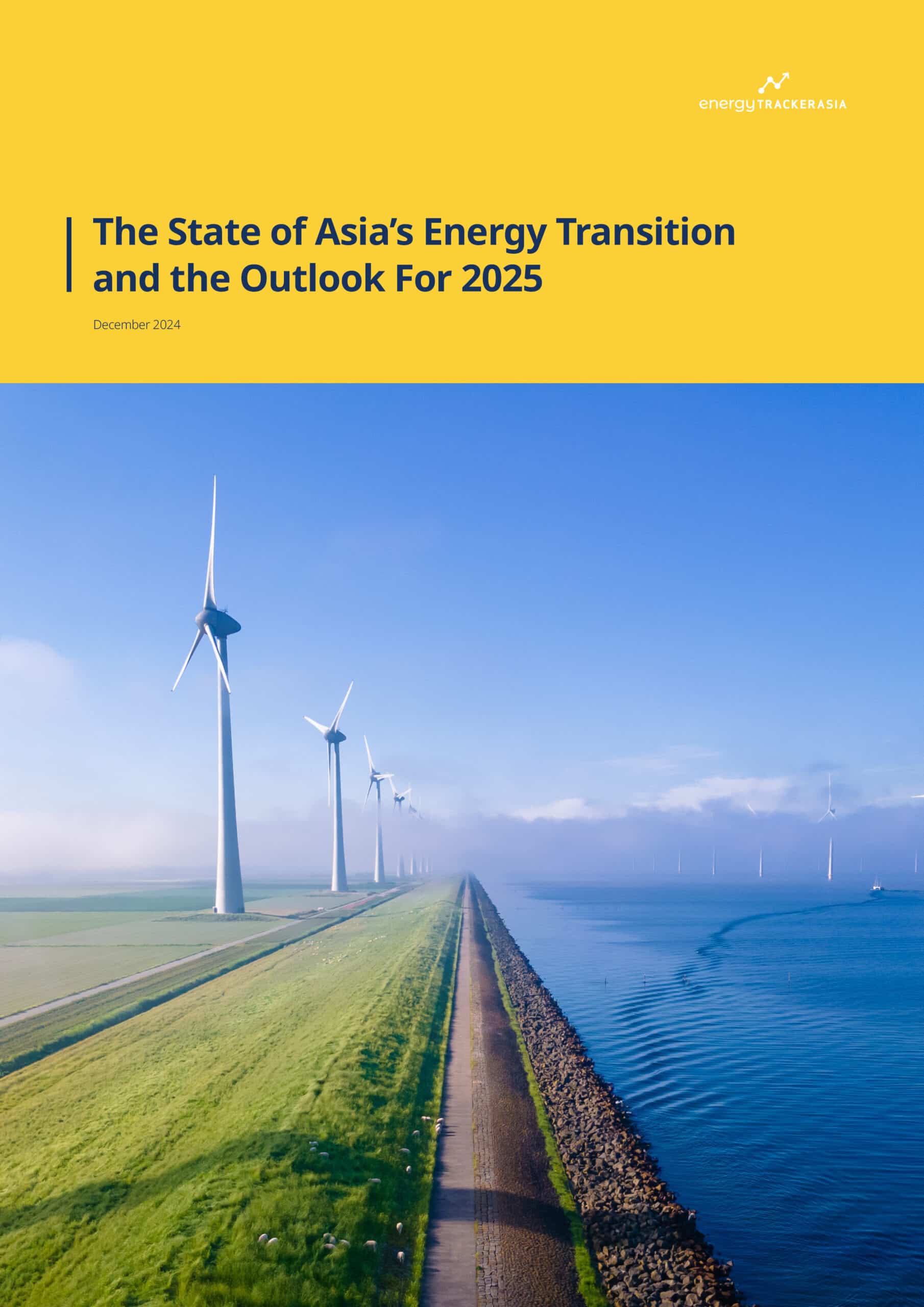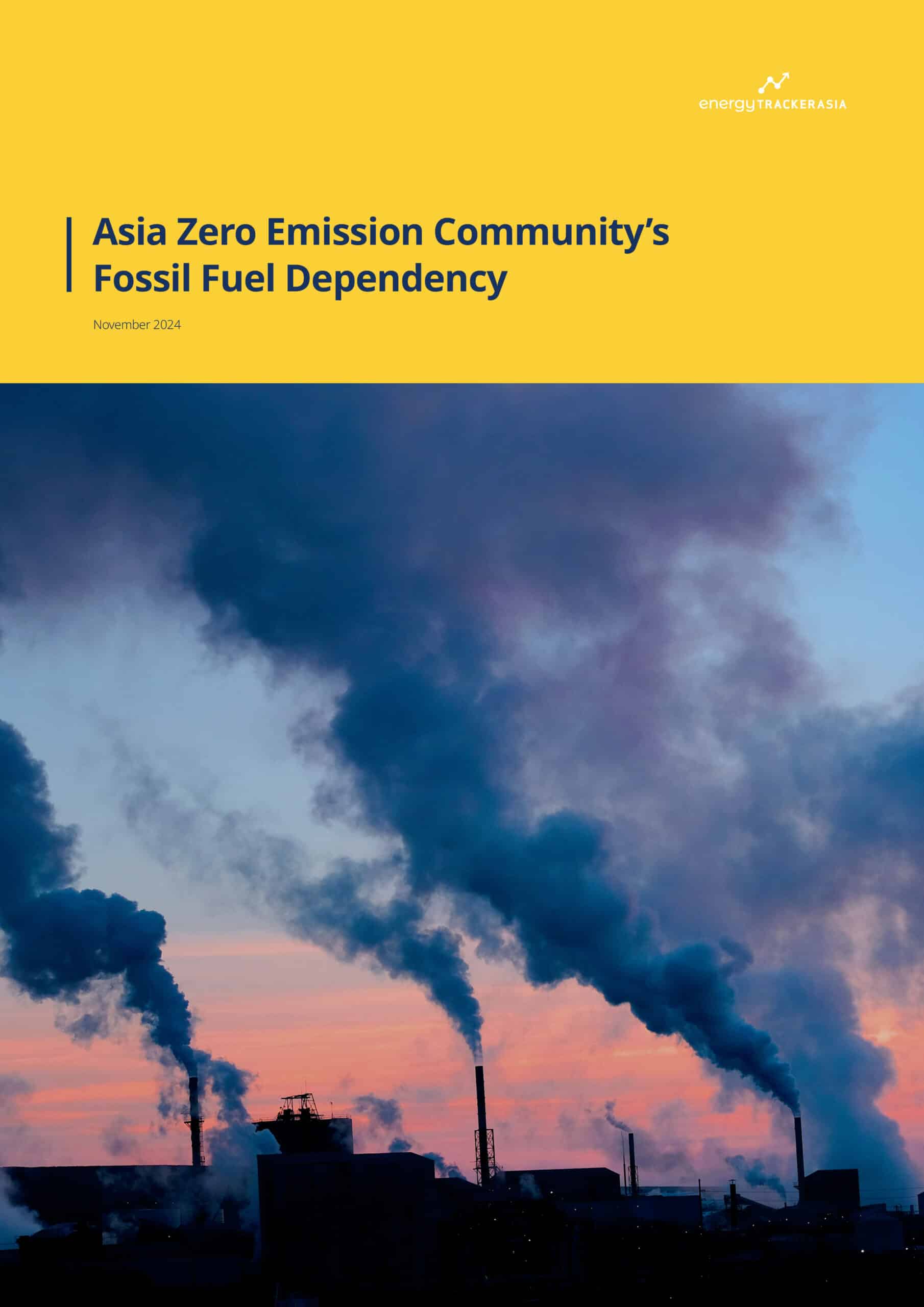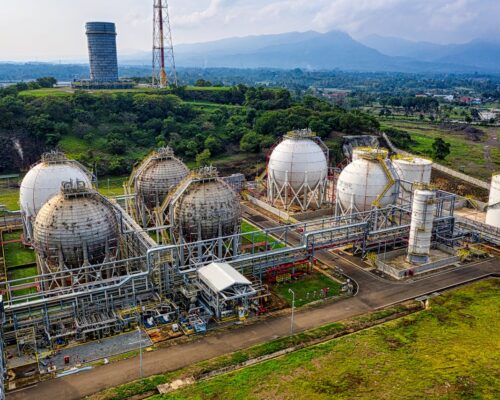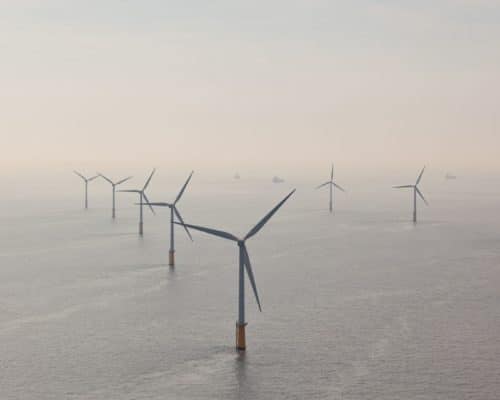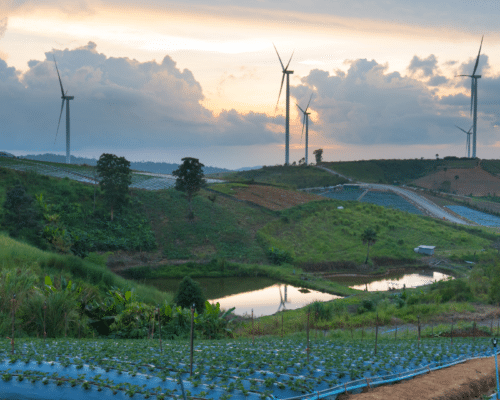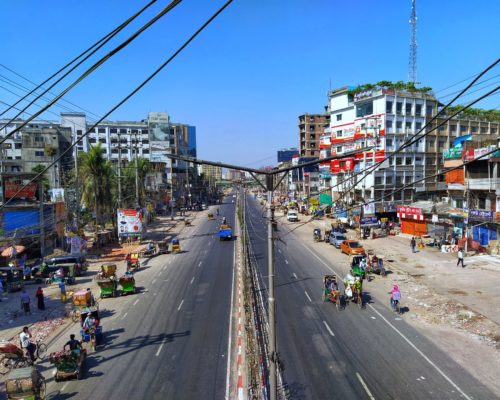The Cost of Electricity in Australia: Can Renewables Finally Bring Prices Down?
Photo: Freepik
22 October 2025 – by Heba Hashem
The cost of electricity in Australia is soaring, outpacing inflation and straining households and businesses alike. Ageing coal plants, costly gas and a fast-moving shift to renewables are driving electricity prices up, making energy affordability one of the nation’s most urgent economic and political challenges. Can renewables turn the tide?
Surge in Electricity Rates
Between June 2023 and June 2025, power costs in Australia surged 27% above the consumer price index — and by a staggering 206% since 2000. Analysts link the rise to higher coal and gas prices, the cost of integrating renewables and ageing network infrastructure.
Australian Energy Regulator Raises Electricity Usage Rates Again
The Australian Energy Regulator (AER) has approved further price hikes for 2025–2026 — up to 9.7% or AUD 280 for households, and as much as AUD 489 for small businesses.
While Australia accelerates its shift toward clean energy, the transition has created short-term pressure, with ageing coal power plants retiring faster than replacements can be built.
Regional differences persist too. States like South Australia and New South Wales pay more due to weaker interconnection and a heavier reliance on imported electricity. The result: energy affordability has become both an economic and political flashpoint, prompting calls for faster renewable investment, smarter grids and stronger consumer protection.
Average Electricity Cost in Australia
As of October 2025, households pay between 0.24 and 0.43 per kWh, depending on their state, distribution network and tariff, according to financial comparison site Canstar.
To cushion the blow, the government introduced a series of rebates. Over the 2024-25 financial year, households received a AUD 300 credit and small businesses AUD 325 off their power bills. From July to December 2025, a further AUD 150 rebate is being applied to bills.
Households in Victoria and Tasmania enjoy the lowest electricity rates in Australia, between 26.4 and 33.5 cents per kWh. Tony Wood, energy director at the Grattan Institute, attributes Victoria’s advantage to its diverse renewable supply and strong grid connections.
“Because Victoria can draw cheap wind from South Australia, hydroelectricity from Tasmania or coal power from New South Wales through a good transmission line network, it has kept wholesale prices the lowest in the national energy market since 2020,” says Wood.
Cost Of Electricity in South Australia Tops the List
By contrast, South Australians pay the most, at over 0.40 per kWh. This is roughly 49% higher than the rest of the National Electricity Market (NEM), according to Energyse.
Leith van Onselen, co-founder and chief economist at MacroBusiness, says the closure of South Australia’s coal power stations has left the state “heavily reliant on expensive gas, batteries and diesel,” pushing up wholesale prices.
“The high costs of building renewable transmission have also been capitalised into retail power bills,” he adds.
South Australia now generates more than 70% of its electricity from renewables, having shut down its last coal-fired plant in 2016. But analysts say the transition has come at a cost.
Dr. Kevin You, senior fellow at the Institute of Public Affairs, says that without sufficient dispatchable power and interconnectors, South Australia has “effectively sacrificed energy security in its pursuit of a renewable transition in its electricity sector, and is having real-world consequences.”
Why Is Electricity So Expensive in Australia?
Gas remains a key driver of wholesale power costs — which make up 31-44% of household electricity bills.
Even though gas fuels only 17% of the electricity on Australia’s main grid, Griffith University research shows it influences 50-90% of price periods for the NEM. That’s because gas-fired generation often sets the market’s wholesale price.
According to a report by the Australia Institute, price setting for the NEM works like an auction: the most expensive generator needed to meet demand sets the price for all. Because gas-fired power is typically the most expensive, higher gas costs quickly translate into higher wholesale electricity prices.
This mechanism is made worse by “shadow pricing”, where other generators match high gas bids even when gas isn’t setting the price.
“The close relationship between gas and electricity prices, and the price setting mechanism of the NEM, makes clear that higher gas prices drive higher wholesale electricity prices. It also makes clear, as is now commonly reported, that renewables are not the cause of higher electricity prices,” the report said.
Ageing Coal Stations Add to Electricity Cost Pressure
Frequent breakdowns at coal-fired power stations have further strained the grid. With more than 60% of Australia’s coal capacity now over 40 years old, output has fallen to just 65% of full capacity.
Analysis by the Climate Council shows that four of the most severe price spikes in the past seven years were triggered by unplanned coal outages. When these occur, more expensive gas generation fills the gap.
“Fossil fuel companies take advantage of reduced energy capacity when these outages occur and jack up their prices to maximise profits,” the Climate Council said.
Most of Australia’s coal fleet is expected to close by 2038, with 90% shutting down within the next decade.
Could Renewables Bring Electricity Bills Down?
Evidence suggests they already are. Across Australia, more renewable energy in the grid is helping lower wholesale electricity prices.
In Queensland, prices fell 40% in 2023-2024 thanks to more solar and wind. The Australian Capital Territory’s 100% renewable system has cut prices for four consecutive quarters. In South Australia, wholesale prices drop whenever wind generation is high — reducing dependence on gas.
The Climate Council notes that in 2024-2025, wholesale renewable electricity cost AUD 74 per MWh, compared with AUD 135 per MWh for coal and gas.
“Renewable generators usually bid into the market at low prices due to their zero-fuel cost and competitive strategy,” says Johanna Bowyer, lead analyst for Australian electricity at IEEFA. “If this pattern continues, introducing more wind and solar energy into the grid could put further downward pressure on wholesale spot prices.”
Renewables as a Shield Against Higher Average Electricity Price in Australia
Australia aims to generate 82% of its electricity from renewables by 2030, adding roughly 40 GW of large-scale capacity. Achieving that target will require doubling the pace of new wind and solar projects and building an estimated 10,000 km of new transmission lines by 2050.
Tony Wood of the Grattan Institute cautions that transmission costs — part of a AUD 20 billion-plus build — will likely offset savings from cheaper renewable generation in the short term. “For the next few years, we expect that the lower cost of wind and solar generation will be largely offset by higher costs of transmission, both interstate and intrastate,” he says.
Still, the Clean Energy Council is optimistic. In just eight years, Australia has more than doubled the share of renewables in its grid, from 17% in 2017 to over 40% in 2025.
Griffith University research shows that without renewables, wholesale prices today would be up to 50% higher, while the Clean Investors Industry Group estimates power prices in 2024 would have been 8-22% higher.
Battery storage — which has already doubled in three years — is expected to grow sevenfold by 2030, further stabilising the grid.
“Into the future, more renewables backed up with storage can help keep power prices in check,” the Climate Council said. “If we continued our reliance on coal and gas rather than building more renewables, power bills would increase by $449 a year for households, and $877 for a small business this decade.”
The Road Ahead
Australia stands at a critical juncture in its energy transition. While consumers continue to feel the sting of soaring electricity bills, the evidence increasingly points to renewables — not fossil fuels — as the long-term solution to stabilising prices and strengthening energy security.
The challenge lies in bridging the gap between today’s volatile mix of ageing coal plants and costly gas generation, and tomorrow’s cleaner, cheaper grid powered by wind, solar and batteries. Policymakers must balance affordability, reliability and sustainability — ensuring that the infrastructure to support the renewable surge keeps pace with ambition.
